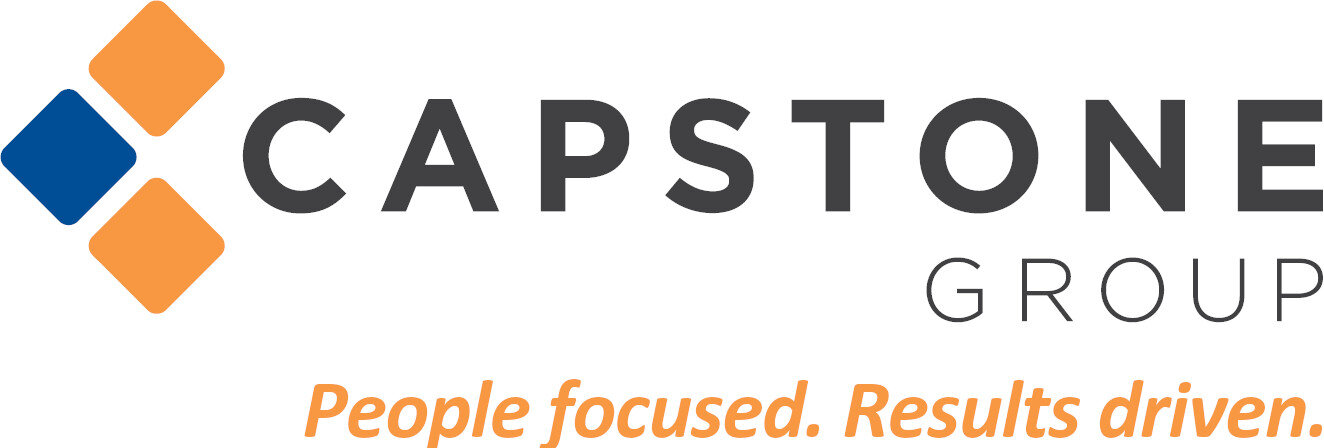Prescription drug costs in the United States have been rising steadily over the past few decades, and the impact of these rising costs on corporate health insurance plans has been significant. The high cost of drugs and pharmacy services has been a major contributor to the rising cost of healthcare in the United States, and it is a problem that affects everyone, from patients to employers.
According to a recent report by the Kaiser Family Foundation, the cost of prescription drugs has been rising faster than any other component of healthcare spending in the United States. The report found that in 2019, the average cost of a brand-name prescription drug in the United States was $6,798, up from $1,869 in 2006. Generic drugs have also seen price increases, with the average cost of a generic prescription drug rising from $90 in 2010 to $140 in 2019.
These rising costs have had a significant impact on corporate health insurance plans. Employers are finding it increasingly difficult to provide affordable health insurance coverage to their employees, and many are passing on the costs of prescription drugs and pharmacy services to their employees in the form of higher deductibles and co-pays. This, in turn, has made it more difficult for employees to access the medications and treatments they need to manage their health conditions.
According to the AHIP, over 22% of all commercial health plan premiums go towards Prescription Drug costs, while only 11% go towards Doctor Visits and 3.3% towards Emergency Room Costs.
The impact of rising drug costs on corporate health insurance plans has been particularly acute for small and medium-sized businesses. These businesses typically have fewer employees and less bargaining power when negotiating with health insurance providers and pharmacy benefit managers (PBMs). As a result, they often end up paying higher prices for prescription drugs and pharmacy services than larger businesses with more flexibility and options in regards to the group health insurance offerings.
A few of the reasons for our heightened costs of prescription drugs in the United States is increased pressure for expensive R&D, and the lack of price regulation and transparency. Unlike in many other countries, the United States does not have a centralized authority that negotiates drug prices on behalf of the entire population. Instead, drug prices are set by the manufacturers, and insurers and PBMs negotiate prices with the manufacturers on a case-by-case basis.
There are some efforts underway to address the problem of rising drug costs in the United States. For example, several states have passed laws allowing the importation of prescription drugs from Canada and other countries where drug prices are lower. However, these efforts are limited in scope and may not be enough to address the larger problem of rising drug costs.
Larger employer groups and organizations that are “experience rated”, or in an alternative-funded group health arrangement, often have an opportunity to directly impact their prescription drug spend, thus directly impacting their group health insurance costs. As opposed to “fully-insured” health plans that include bundled vendors with little flexibility, many self-funded programs allow for an unbundling of services including Pharmacy Benefit Managers (PBMs), which gives the group more power to negotiate the most favorable contracts, pricing, and rebates. In addition to the PBM flexibility, these groups also have the ability to implement proactive drug advocacy and oversight programs to further control and reduce annual drug spend while still providing optimal care and coverage to their employees. We recommend speaking to your broker or consultant regarding these options, or contact a member of our Capstone Benefits Team for more information: Benefits@CapstoneGrp.com
In conclusion, the rising cost of prescription drugs in the United States continue to negatively impact corporate health insurance plans, and ultimately consumers & patients. While there are some efforts underway to address the problem, more needs to be done to ensure that everyone has access to the medications and treatments they need at a price they can afford. This will require a concerted effort by policymakers, healthcare providers, consultants, and the pharmaceutical industry to find solutions that work for everyone.


